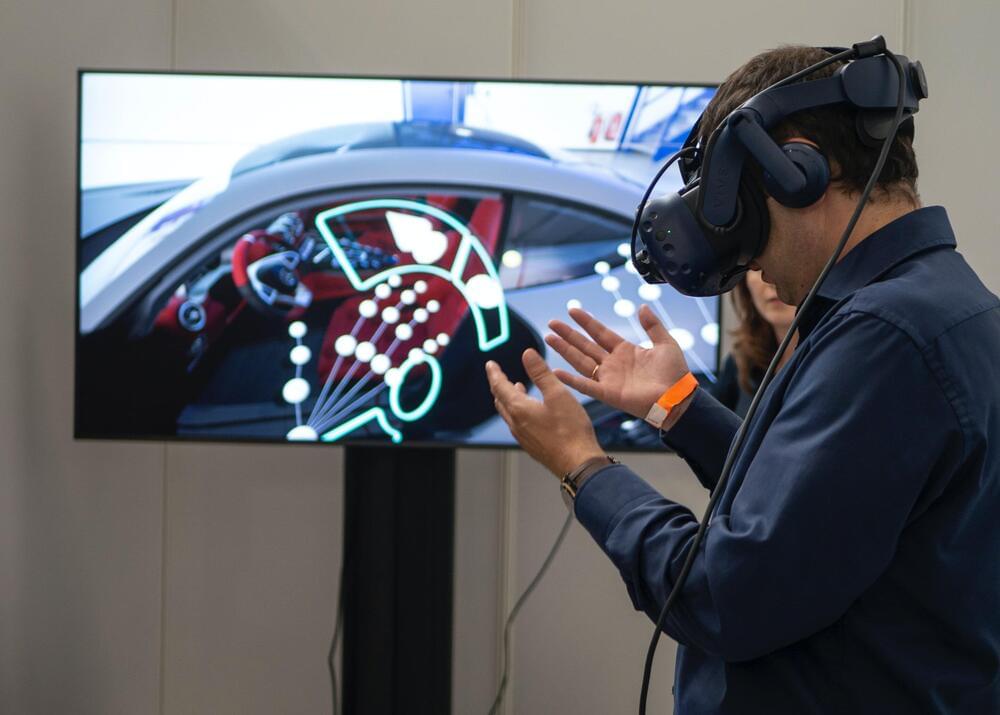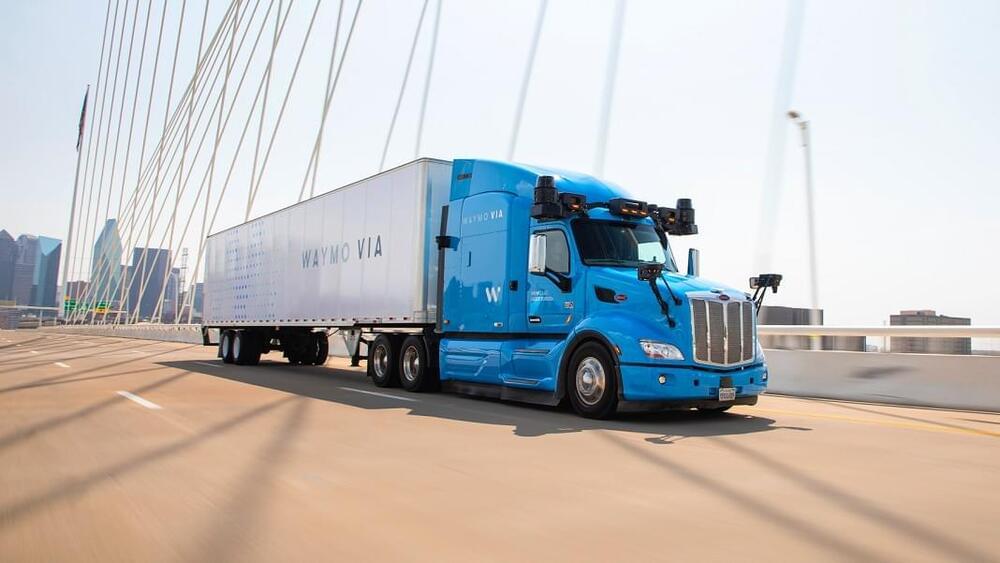With the spread of the omicron variant, not everyone can or is eager to travel for the winter break. But what if virtual touch could bring you assurance that you were not alone?
At the USC Viterbi School of Engineering, computer scientist and roboticist Heather Culbertson has been exploring various methods to simulate touch. As part of a new study, Culbertson a senior author on this study, along with researchers at Stanford, her alma mater, wanted to see if two companions (platonic or romantic), could communicate and express care and emotion remotely. People perceive a partner’s true intentions through in-person touch an estimated 57 percent of the time. When interacting with a device that simulated human touch, respondents were able to discern the touch’s intention 45 percent of the time. Thus, devices in this study appear to perform with approximately 79 percent accuracy of perceived human touch.
Our sense of touch is unique. In fact, people have a “touch language” says Culbertson, the WiSE Gabilan Assistant Professor and Assistant Professor of Computer Science and Aerospace and Mechanical Engineering at USC. Thus, she says, creating virtual touch that people can direct towards their loved ones is quite complex—not only do we have differences in our comfort with social touch and levels of “touchiness” but we also may have a distinct way of communicating different emotions such sympathy, love or sadness. The challenge for the researchers was to create an algorithm that can be flexible enough to incorporate the many dimensions of touch.






